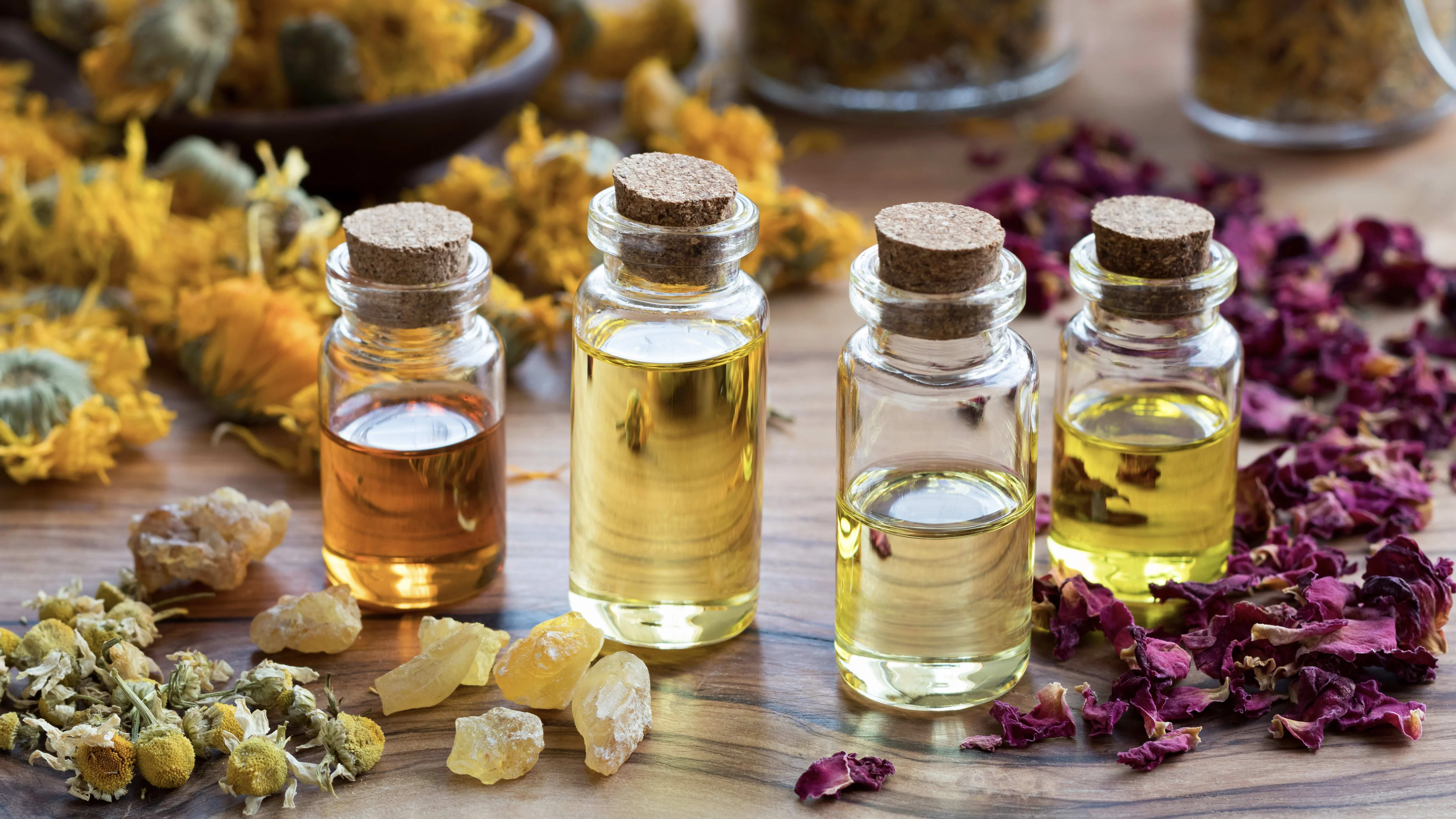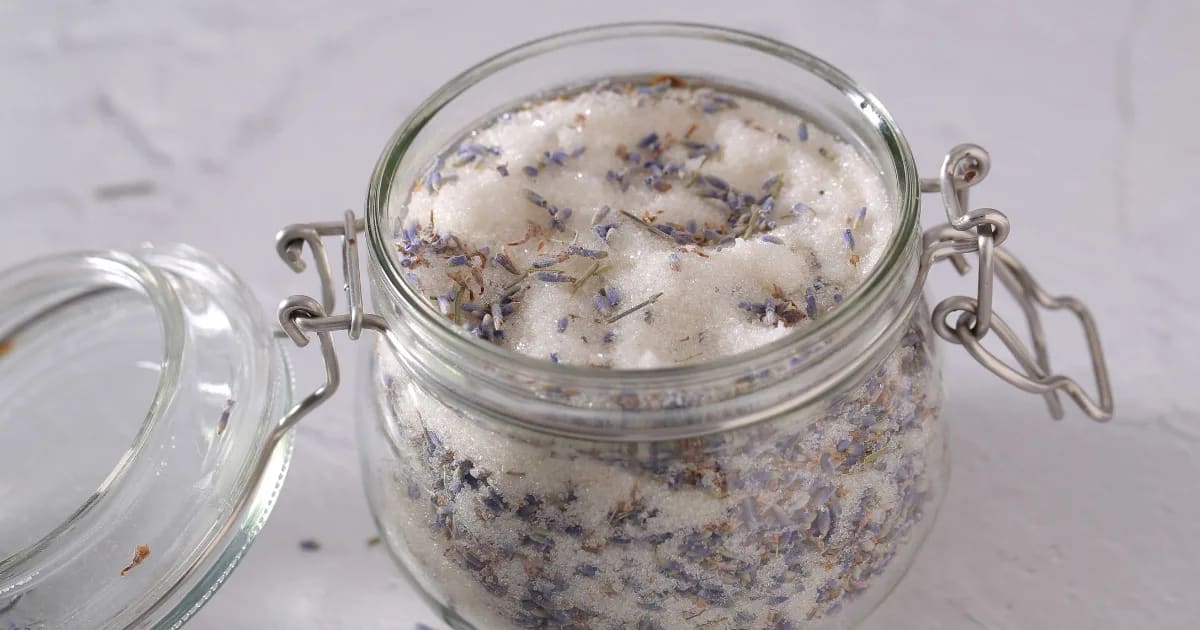Comparing 3 Species of Lime Oil (& 1 tip for safe use)

Decades of Love for Lime Essential Oil
II’ve been working with essential oils for several decades. Even now, whenever I open a bottle of Lime essential oil, I can’t resist pausing to take a deep breath of the scent. It smells to me like a piece of Lime candy—fresh, bright, and fruity!
This is true regardless of the species of Lime I’m working with.
In this post, you’ll learn about 3 popular lime species and how their essential oils compare and contrast.
You’ll also discover…
How Lime oil’s safety is determined by its extraction method.
A list of benefits that all species of Lime have in common.
Why I nearly always choose to blend with steam-distilled Lime oil.
After reading this post, you’ll have clarity on which species of Lime essential oil would best fit your blends—and how to avoid the safety risks associated with Lime and other citrus oils.
The Extraction Method Matters
The next time you’re holding a citrus, scrape your nail along the rind of the fruit. You might notice a fine mist spritzing up, and your nail now being scented like citrus. That’s the fruit’s essential oil, located in the rind.
Most citrus essential oil is extracted from the rind by cold pressing, but some varieties of Lime can be extracted with steam distillation. Steam-distilled Lime essential oil typically has a softer aroma than cold-pressed oils, but its aroma is bright and sparkly and retains its therapeutic properties.
I nearly always blend with steam-distilled Lime essential oil. The reason is safety, which we’ll explore below.
3 Species of Lime
Classic Lime/Key Lime (Citrus aurantifolia)
Native to Southeast Asia, classic Key Limes are now grown in many tropical and subtropical regions. They are small, bright green fruits with one of the most vibrant, bright aromas of all the Lime species.
This sweet, tart aromatic fruit peel gives us a fresh, sharp, tart essential oil with a distinct, invigorating scent.
Extraction method: cold-pressed or steam distilled.
Persian Lime (Citrus latifolia)
Despite its name, Persian Lime (aka Tahiti Lime) is primarily grown in Italy, Mexico, and the United States. The Persian Lime is actually a hybrid of Key Lime and Lemon, and the fruit is larger and sweeter than a classic Key Lime.
Aromatically, Persian Lime essential oil is a bit sweeter than classic Lime, with less of a tart note around the edge of the aroma. It has a slightly floral undertone, making it a favorite in natural perfumery.
Extraction method: cold-pressed or steam distilled.
Makrut Lime (Citrus hystrix)
The Makrut Lime, also known as Combava, is indigenous to tropical regions of Asia and is especially popular in Southeast Asia. This small, green citrus fruit has a rough, bumpy surface. In photographs, this fruit is often mistakenly depicted as a bergamot fruit (which has a smooth skin).
The peel of the Makrut Lime produces an essential oil with a strong, sharp, and distinctly citrus aroma that is easily recognizable.
Extraction method: steam distilled.
Which Lime Essential Oil Should You Use?
While the oils vary, especially in their aromas, they have a great deal in common. For example, they’re all rich in the component d-limonene.
Regardless of species, Lime essential oil is excellent for…
Mood-boosting (See how d-limonene-rich oils achieve this!)
Mental clarity
Reducing infection
Calming pain and inflammation
Cooling hot areas
Supporting immunity (Here’s how d-limonene oils boost immune health.)
Digestion support
Household cleaning
Antioxidant skincare
Antibacterial skincare
Acne-calming skincare
Natural perfumes
Compared to the latifolia and aurantifolia species, Makrut Lime contains less d-limonene but more β-pinene, contributing to its enhanced antifungal (Candida), antispasmodic, and antiviral properties.
I’ll go into more detail on Lime essential oil’s benefits & uses in an upcoming post!
Choose a Lime essential oil you love, and know that its chemistry will support your blending choices.
Lime Essential Oil Safety
Some citrus essential oils are phototoxic. This means that if they’re applied to the skin in a high enough concentration and that skin is then exposed to sunlight (or a UV tanning bed), unwanted reactions like blisters and burning can develop. In some cases, discoloration occurs—and is permanent. (Learn to use phototoxic citrus oils safely.)
I’ve even seen phototoxic reactions occur to bartenders who work on the beach, constantly squeezing lemons and limes into drinks, unknowingly getting the essential oil on their hands, and then going out in the sun.
However, only cold-pressed Lime essential oil is phototoxic.
The steam-distilled variety is NOT phototoxic.
That’s why I prefer working with steam-distilled Lime essential oil.
Here are a few other safety guidelines:
Whether you use cold-pressed or steam-distilled Lime, be sure to dilute it in a carrier before applying it to your skin.
For cold-pressed Lime, use no more than 4 drops per 1 fl oz (30 ml) of carrier in your topical blends. This dilution will help you avoid phototoxic reactions. Please avoid blending cold-pressed Lime with other phototoxic citrus oils, as this will increase the risk of developing an unwanted reaction.
For steam-distilled Lime, I sometimes go up to 18 drops per 1 fl oz (30 ml) of carrier. (At Aromahead, we consider that a 3% dilution.)
Conduct a patch test on a small area of skin to test for allergic reactions.
If you’re making a cleaning blend, test your product on a small, out-of-sight area of your household surface before widespread use.
Keep out of reach of children. Kids love the fruity scent of citrus essential oils! Protect them by making sure they can’t get to your oils, preventing any accidental ingestion or other issues.
Learn more about The Aromahead Approach® to essential oil safety.
My Takeaway
Lime essential oil is a versatile and delightful addition to any essential oil collection, offering a range of benefits from mood enhancement to skincare. Remember to prioritize safety—be mindful of phototoxicity and dilution. Lime essential oil's refreshing scent and therapeutic properties make it a wonderful choice for both personal care and household use.
As you explore the myriad ways to incorporate Lime oil into your daily routine, I hope you find the same joy and benefits that have made it a staple in my collection. Its vibrant, zesty aroma and therapeutic properties have become an essential part of my wellness journey, and I’m excited for you to experience it too.
References
Hirota, R., Roger, N.N., Nakamura, H., Song, H.-S., Sawamura, M., and Suganuma, N. (2010) Anti-inflammatory effects of limonene from yuzu (Citrus junos Tanaka) essential oil on eosinophils. Journal of Food Science 75, 87-92.
Lang, G. and Buchbauer, G. (2012) A review on recent research results (2008-2010) on essential oils as antimicrobials and antifungals. A review. Flavour and Fragrance Journal 27, 13-39.
Lima, N.G., de Souza, D.P., Pimenta, F.C., Alves, M.F., de Souza, F.S., (2012a) Anxiolytic-like activity and GC-MS analysis of (R)-(+)-limonene fragrance, a natural compound found in foods and plants. Pharmacology, Biochemistry and Behavior 103, 450-454.
Raphael TJ, Kuttan G. (2003) Immunomodulatory activity of naturally occurring monoterpenes carvone, limonene, and perillic acid. Immunopharmacol Immunotoxicol. May;25(2):285-94. doi: 10.1081/iph-120020476. PMID: 12784919.
Rozza AL, Moraes Tde M, Kushima H, Tanimoto A, Marques MO, Bauab TM, Hiruma-Lima CA, Pellizzon CH. (2011) Gastroprotective mechanisms of Citrus lemon (Rutaceae) essential oil and its majority compounds limonene and β-pinene: involvement of heat-shock protein-70, vasoactive intestinal peptide, glutathione, sulfhydryl compounds, nitric oxide and prostaglandin E₂. Chemico-Biological Interactions. 189(1-2):82-9. doi: 10.1016/j.cbi.2010.09.031. Epub 2010 Oct 8. PMID: 20934418.





